
In the business world, billing and invoicing are crucial processes that ensure the smooth operation of any company. Keeping track of payments, managing expenses, and sending out invoices promptly are crucial tasks that can make or break a business. One way to streamline this process is by using billing invoices.
In this comprehensive guide, we will explore everything you need to know about billing invoices, including what they are, why they are important, how to create them, examples, and tips for successful invoicing.
What is a Billing Invoice?
A billing invoice is a document that outlines the details of a transaction between a seller and a buyer. It includes information such as the products or services provided, the cost of each item, any applicable taxes or discounts, and the total amount due. Billing invoices are typically used by businesses to request payment from their customers and to keep track of financial transactions.
Creating a billing invoice can be done using various software programs or templates, which allow businesses to customize the invoice with their logo, company information, and payment terms. Once the invoice is completed, it can be printed out and sent to the customer either physically or electronically.
Why are Billing Invoices Important?
Billing invoices play a crucial role in the financial management of a business. They serve as a record of the products or services provided to customers, the amount owed, and the payment due date. Invoices help companies to track their revenue, monitor outstanding payments, and maintain accurate financial records for tax purposes.
Additionally, billing invoices provide a professional image for a business. A well-designed invoice reflects positively on the company and instills confidence in customers. By using branded invoices, businesses can establish credibility and build trust with their clients.
How to Create a Billing Invoice
Creating a billing invoice is a straightforward process that can be done using various tools and software. Here are the basic steps to follow when creating a billing invoice:
1. Choose a template or software program: There are many online resources that offer free invoice templates or invoicing software that can help you create a professional-looking invoice.
2. Customize the invoice: Input your company information, logo, and contact details. Include the customer’s information, a description of the products or services provided, and the payment terms.
3. Calculate the total amount due: Make sure to include the cost of each item, any applicable taxes, discounts, and the final total.
4. Review and proofread: Double-check all the information on the invoice for accuracy and completeness.
5. Save and print: Save the invoice in PDF format for easy sharing and printing. Send the invoice to the customer via email or mail.
Examples of Billing Invoices
To give you a better idea of what a billing invoice looks like, here are a few examples of different types of invoices:
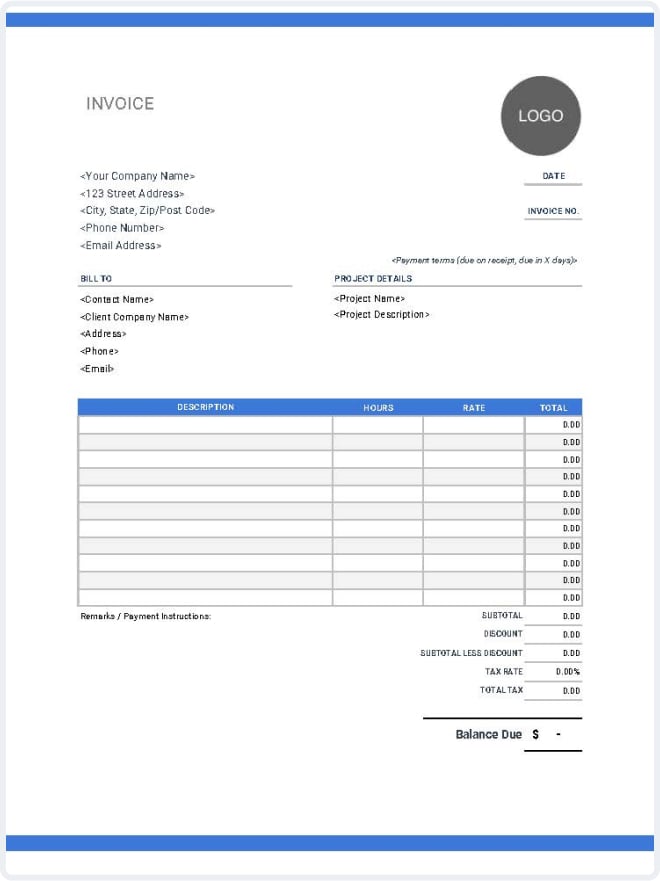
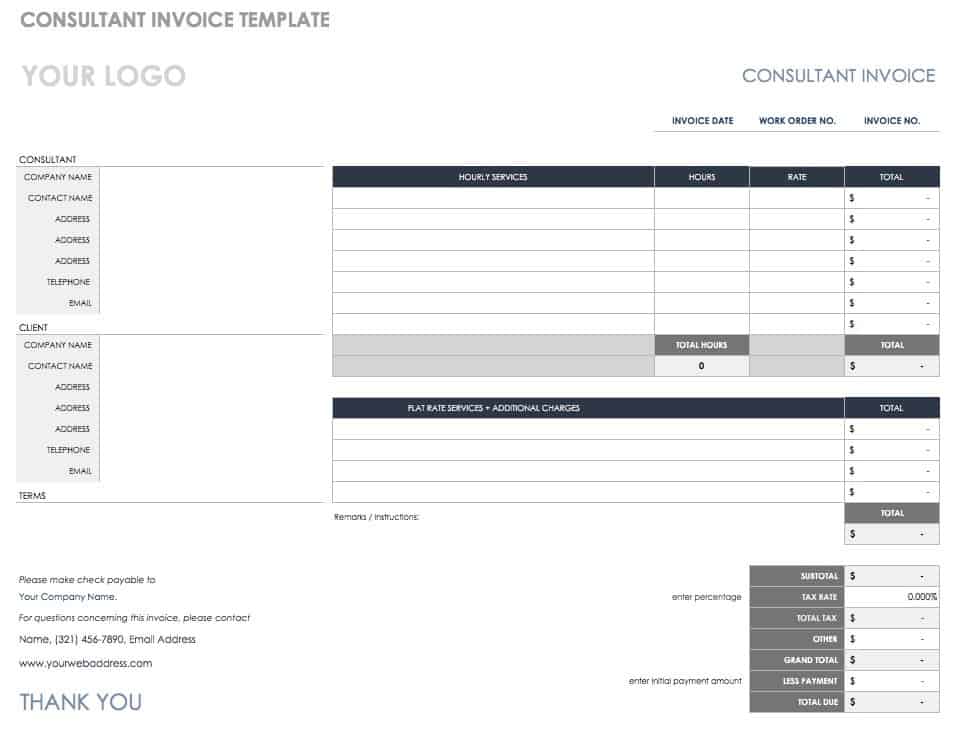
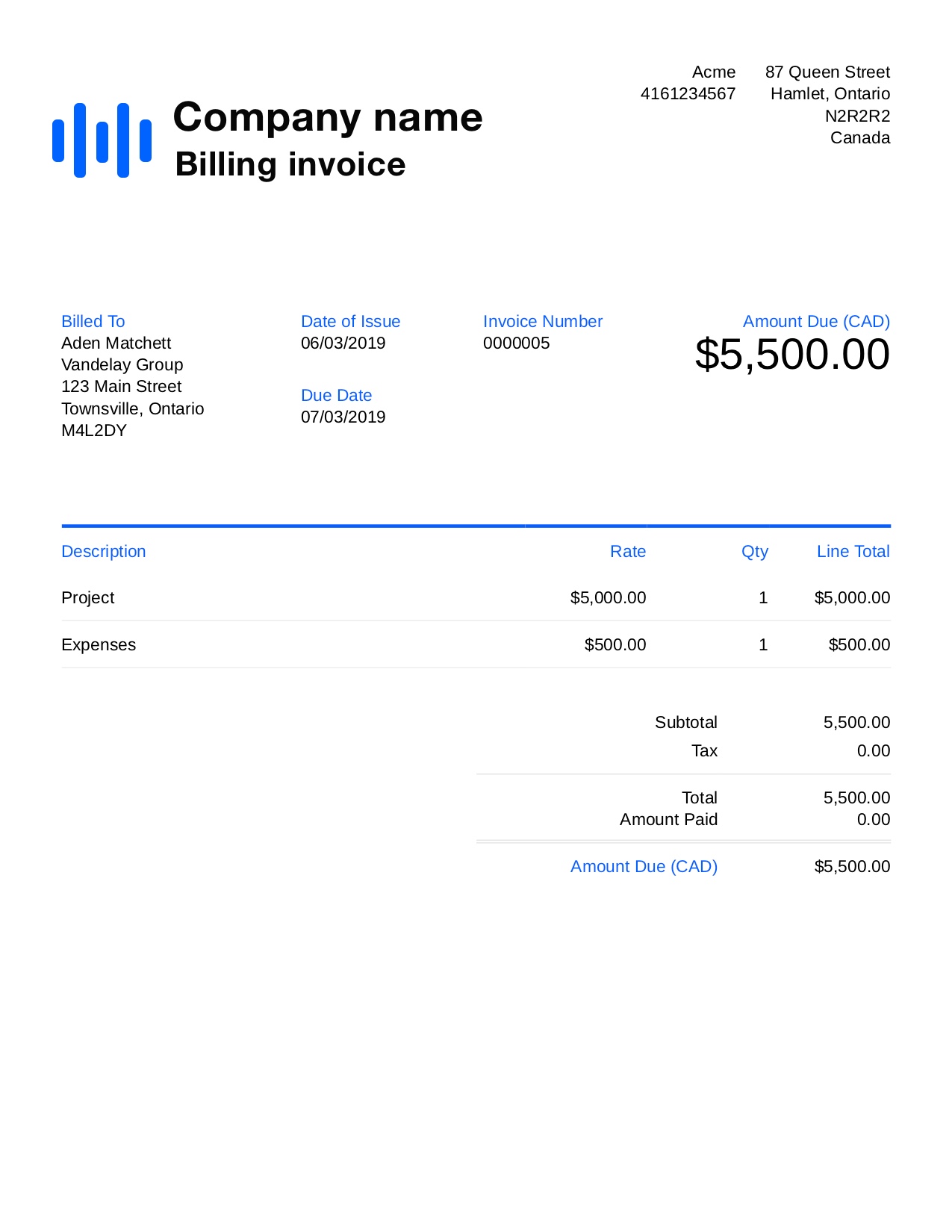
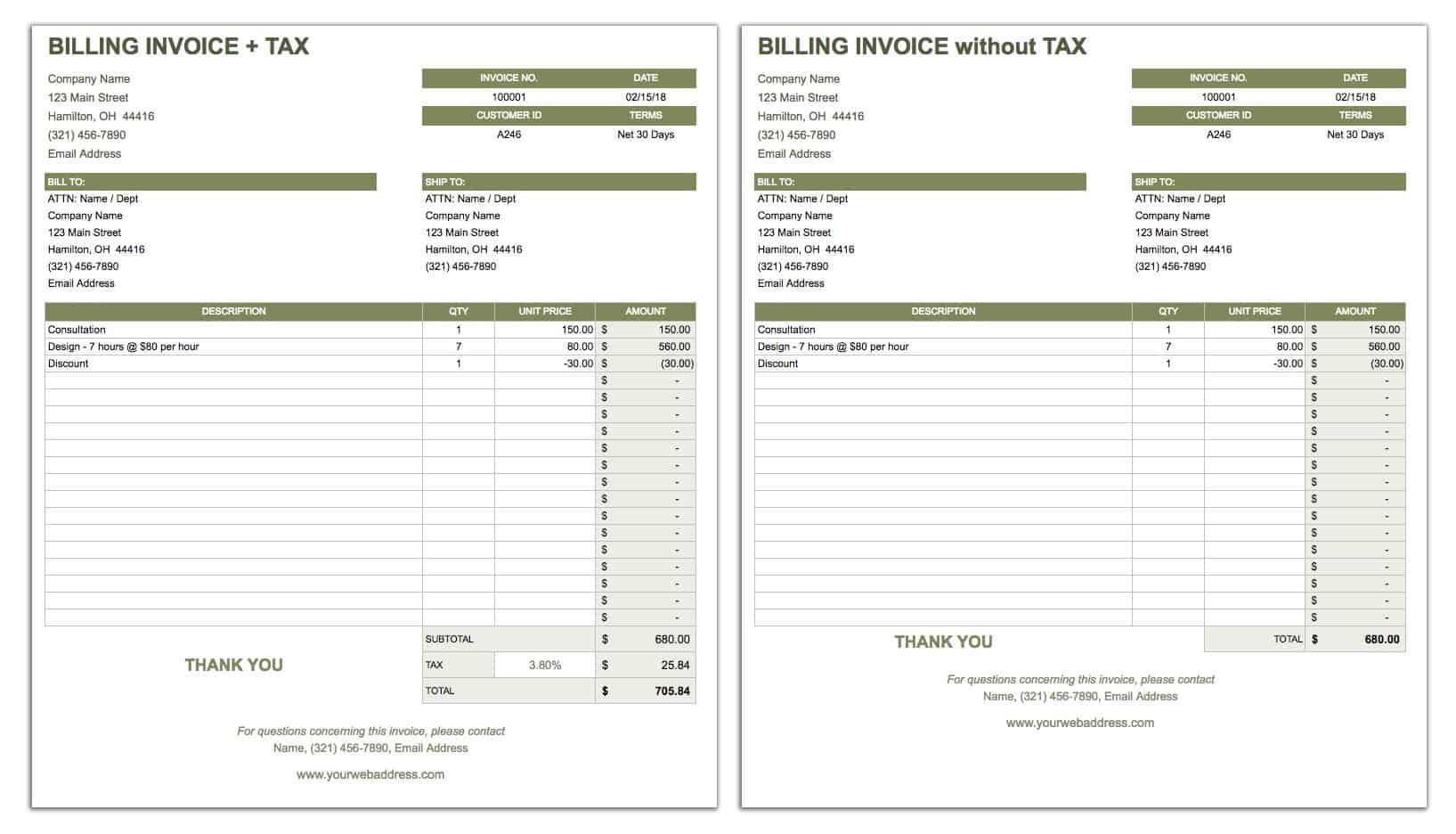




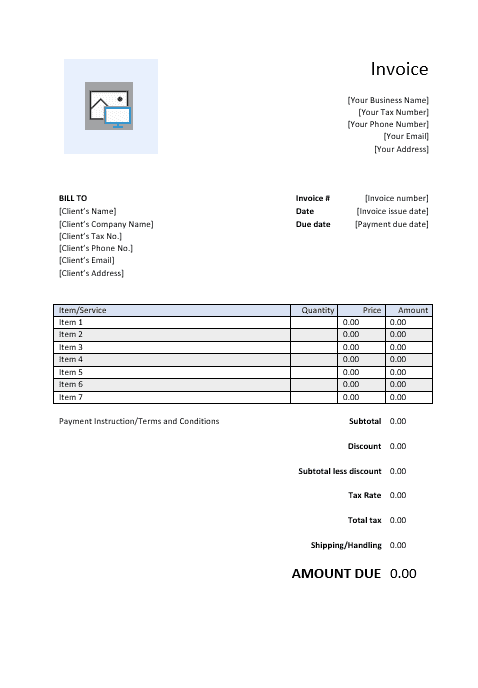
Tips for Successful Invoicing
To ensure smooth and efficient invoicing processes, here are some tips for successful invoicing:
1. Be clear and concise: Include all necessary details on the invoice, such as the due date, payment terms, and itemized list of products or services.
2. Follow up on overdue payments: Send reminders to customers who have not paid their invoices on time to avoid delays in receiving payments.
3. Keep accurate records: Maintain a system for organizing and storing invoices for easy reference and tracking.
4. Offer multiple payment options: Make it easy for customers to pay by providing various payment methods, such as credit card, bank transfer, or online payment platforms.
5. Set up recurring invoices: For regular customers or subscription-based services, automate the invoicing process by setting up recurring invoices.
6. Use accounting software: Invest in accounting software that can help streamline the invoicing process and track payments more efficiently.
7. Provide excellent customer service: Respond promptly to customer inquiries or concerns regarding invoices to maintain positive relationships.
In conclusion, billing invoices are essential tools for businesses to manage their finances effectively. By understanding what they are, why they are important, how to create them, examples of different types of invoices, and tips for successful invoicing, businesses can improve their invoicing processes and maintain healthy cash flow. By following best practices and utilizing the right tools, businesses can streamline their billing and invoicing operations for greater efficiency and success.
Billing Invoice Template – Download